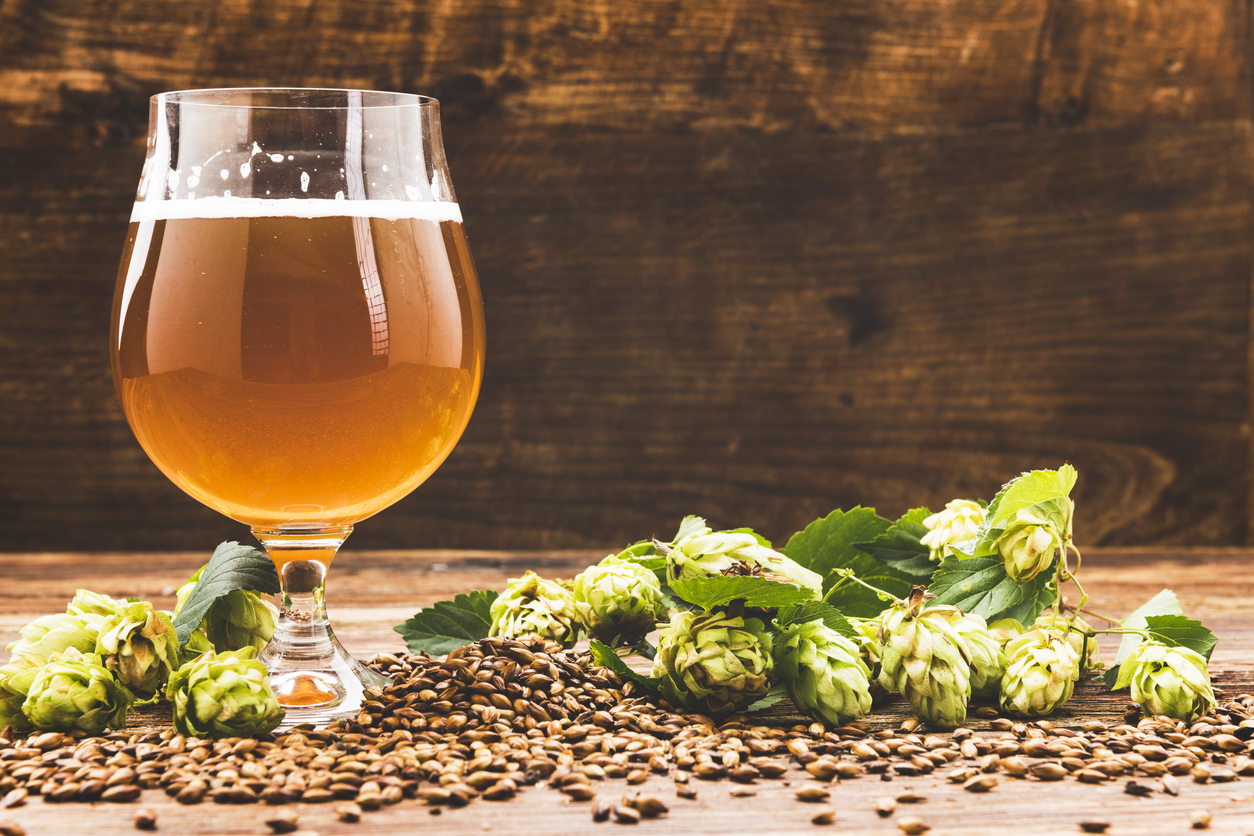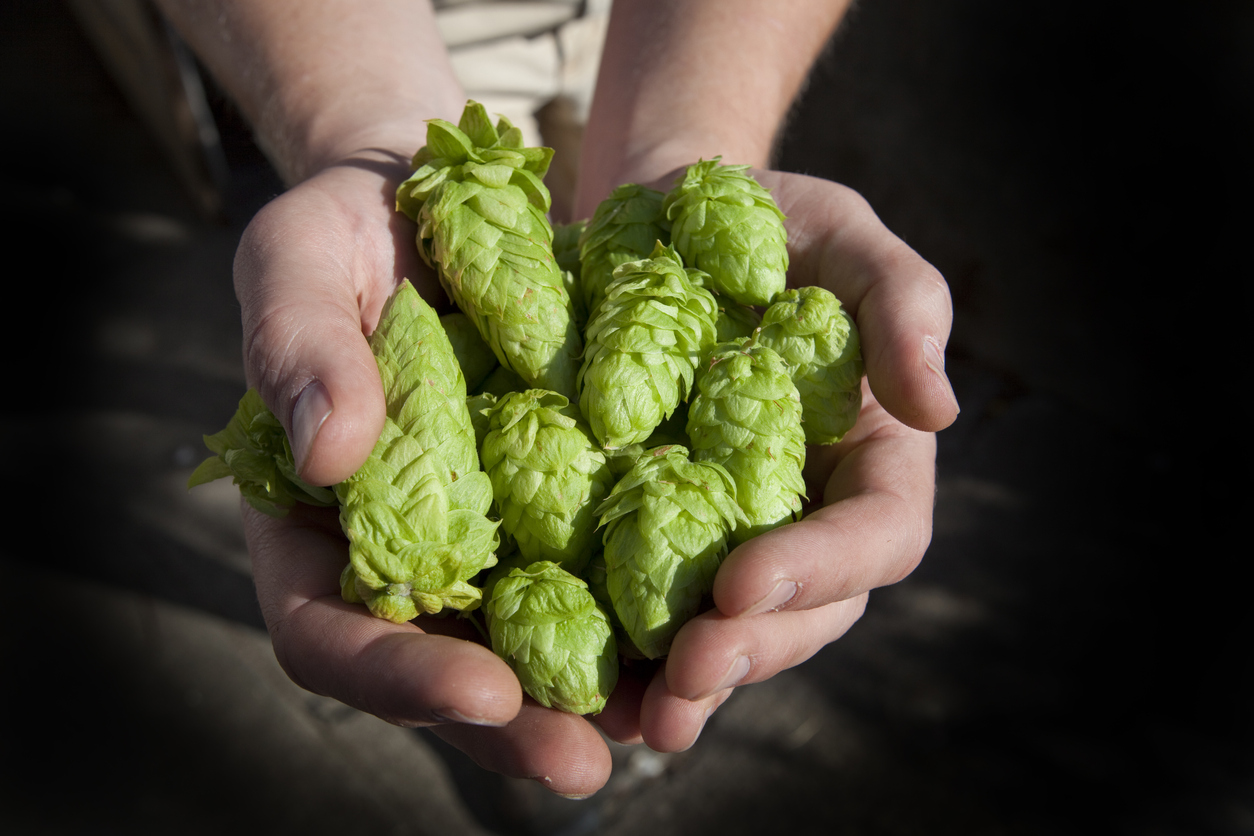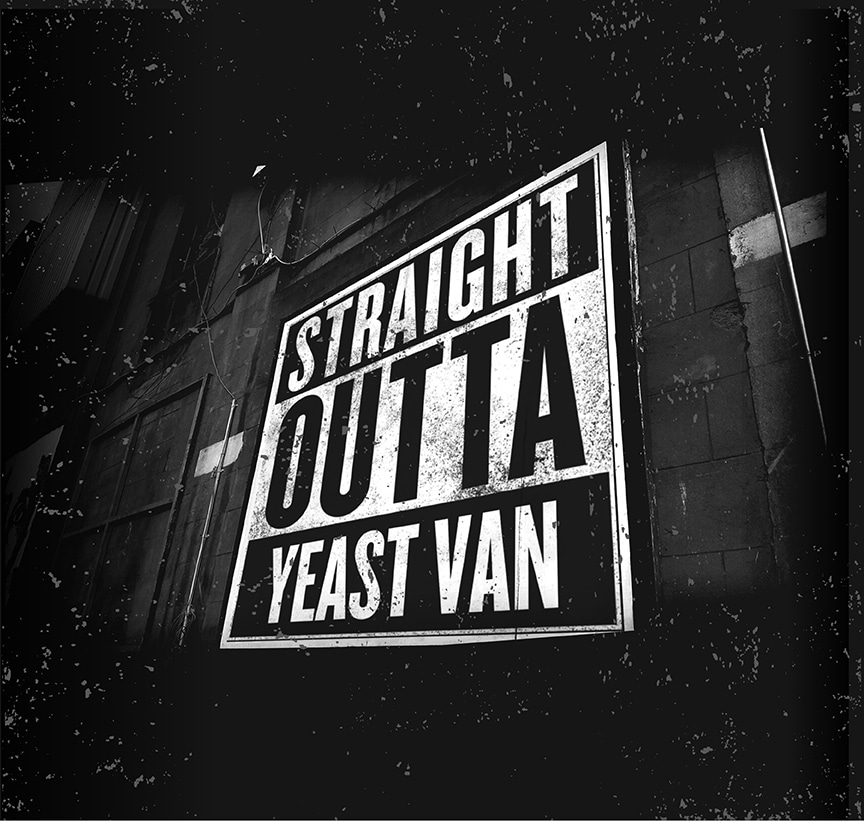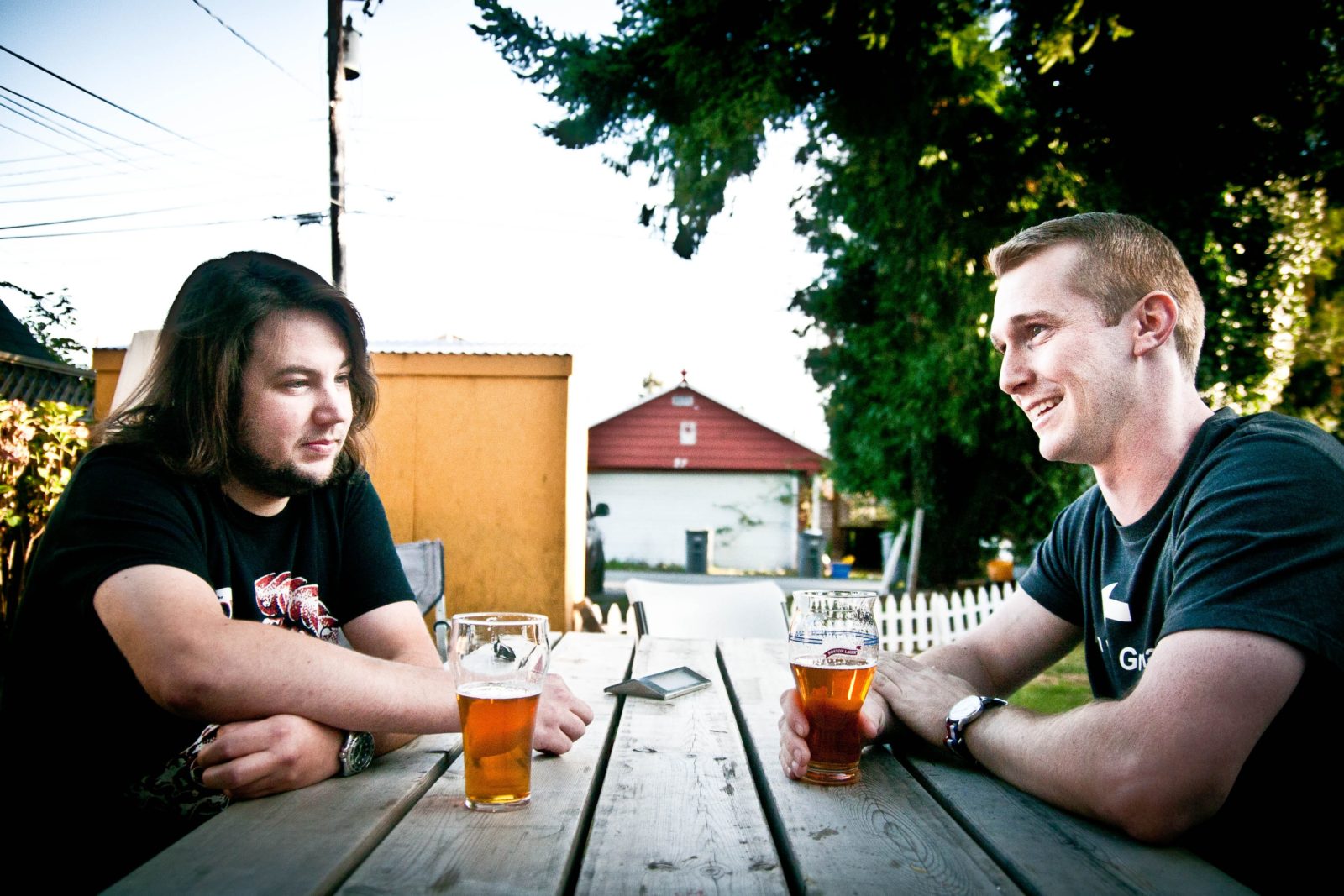
Today is International IPA Day, so it’s time to crank up the IBUs and celebrate with a pint of this hop-laden world-beater of a beer. India Pale Ale is easily the most popular craft beer style in North America today, accounting for roughly 20 per cent of craft beer sales. More than any other beer style, IPA has been responsible for the explosion in craft beer in the past 30 years.
But what is an IPA? Great question. The term “IPA” is little more than marketing tool at this point. The style has evolved and mutated in so many different directions that the term is almost meaningless. There’s West Coast IPAs, East Coast IPAs, White IPAs, Black IPAs, Hazy IPAs, Milkshake IPAs, Wild IPAs, Brut IPAs. And they’re all completely different.
The only thing the many IPA styles have in common is that they tend to use a lot of hops, specifically, hops added to the beer after it’s been boiled, called dry-hopping. But what kind of hops and how they are used results in wildly different beers. While hop bitterness is often associated with IPAs (specifically West Coast IPAs), recent styles have emphasized hop aroma and flavour instead, with very little bitterness. In fact, the range of flavours that can be derived just from hops includes pine, passion fruit, dill, melon, grapefruit, pineapple and even coconut.

History of the IPA
The myth of the IPA’s origins state that it was a pale ale made in Britain with a high alcohol content and loads of hops in order to survive the long journey to the British colony of India. It was an export only beer until a ship carrying beer to India shipwrecked near Liverpool and the barrels of beer washed ashore and the locals loved it. But pretty much all of this is BS.
The first beers that most closely resembled IPAs were brewed in Burton-upon-Trent, in England. The very hard, sulfurous water there required brewers to add more hops to give the beers a crisp hop character. These beers were sold domestically and were also exported to India and became popular there, but were the same ABV as other beers of the day, around 6-6.5%. Over hopping export beers was a common practice dating back to 1700s, since hops are antimicrobial and help preserve beer.
Other brewers in England began to copy the style and in an attempt to capitalize on the growing mystique of the Indian colony, began to refer to their beers as East India Pale Ales.
Wartime rationing brought the ABV down significantly. The hop character mellowed. And then the Americans discovered the style in the late 1970s/early 1980s and the IPA went crazy.
Here’s a look at the evolution of the IPA.
The West Coast IPA
The modern IPA, as we know it, began with American craft brewers choosing to go bold and accentuate the high alpha acid hops of the Yakima Valley. Lighter in malt character, higher in ABV and way more hop bitterness than its English predecessors.
Twin City Brewing Run of the Mill (7% ABV • 51 IBU)
Light in color, bold in hops. This hop-forward ode to the west coast packs the citrus and pine flavor.
WHITE IPA
A white IPA is a Belgian twist on the IPA, with wheat making up a significant portion of the grain bill, while Belgian yeast imparts notes of fruit and spice.
Strange Fellows Guardian IPA (6.5% ABV • 60 IBU)
The spicy character of a witbier and the hops of an IPA, this bold a flavourful beer is the best of both worlds.
BLACK IPA
The idea behind a black IPA is to balance massive hop bitterness with a rich, sweet malt character. Definitely not an India pale ale.
Steamworks Black Angel (7% ABV • 70 IBU)
Dark, roasty, sweet malt character balanced by loads of citrusy hop bitterness
EAST COAST IPA
This style (also called a Northeast IPA, or hazy IPA) started in Vermont about 10 years ago, where breweries like The Alchemist began making hazy, juicy, fruity IPAs that focused on hop aroma and flavour instead of hop bitterness.
Beere Brewing Party Platter (collab w/ Brassneck) (6.3% ABV • 0 IBU)
A juicy, double dry-hopped multigrain IPA with notes of tropical fruit, white wine and pineapple.
Milkshake IPA
Building on the East Coast IPA style, milkshake IPAs use lactose, an unfermentable milk sugar, to add sweetness and body to the beer, resulting in something resembling a fruit smoothie.
Moon Under Water Boyz In The Yard (6.0% ABV • 40 IBU)
This passion fruit IPA balances the sweetness of lactose with some assertive hop bitterness, resulting in a clean, dry finish and avoiding the sickly, cloying aftertaste so many milkshake IPAs suffer from.
IMPERIAL IPA
Stronger in alcohol than its traditional IPA forefathers, the imperial IPA (a.k.a. Double IPA, or DIPA) is intense in flavour, with more malt character and more body, and often more hops. Don’t try to drink more than two in a sitting, or you’ll regret it.
Boombox Brewing Just the Hits (collab w/Twin Sails) (8.6% ABV • 50 IBU)
Full bodied with big malt character and a truckload of Simcoe, Citra and El Dorado hops, this monster of a beer goes down a little too easy.




